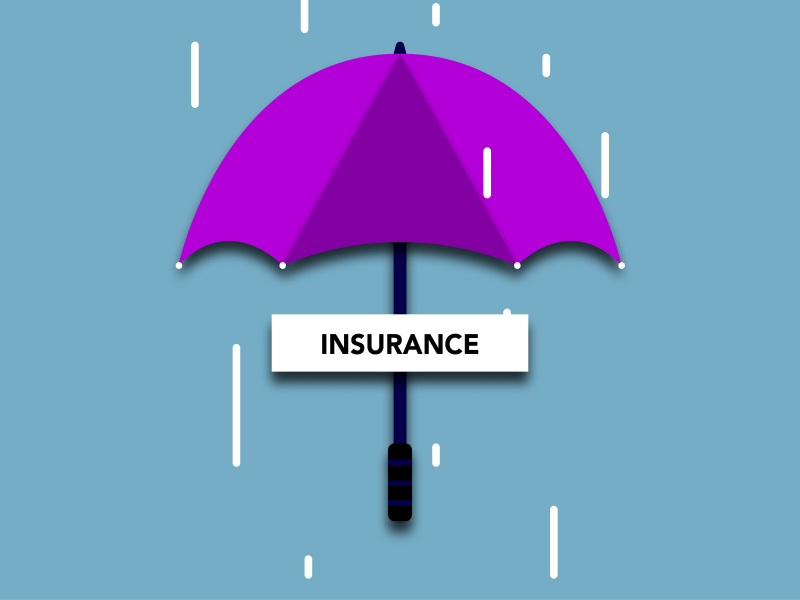
Break-Even – What’s the Point?
This is a great tool to calculate, well what it says, the “break-even point”. This point is when the sales cover your total annual costs and no profit or loss is made. You may ask yourself, why do I want to just break-even? What’s the point of that? You are right of course, but it’s a starting point, and anything more than the break-even point will not need to contribute towards covering overheads.
As a formula it is written
Break Even Point = Total Annual Costs (ex VAT)
Gross Profit %
The total annual costs (ex VAT) are the sum of all your overheads, before any VAT is added, and include your labour costs for the year. So, first start by making a list of all your overheads for the business. Make sure you overestimate rather than underestimate as it’s better to get a nice surprise than a bad one. Next step is to add your estimated labour costs, which include gross pay and all associated costs such as employers NI and Employers pension contributions.
Now add your labour costs and overheads together and this will equal your total annual costs for the break-even point calculation. All you need now is your GP%. The final step is to take your total annual costs figure and divide it by your GP% and you will have your annual break-even sales before VAT. It is now helpful to divide by 52 to provide you with a weekly break-even sale, and then multiply by 1.2 (assuming VAT is at 20%) to calculate your weekly sales including VAT (Gross) required to cover all your costs and break-even.
I complete this for all my clients, and once they start trading, I am often asked how come my estimated break-even sales are not generating a nil profit as we had calculated. This could be down to the fact that some of the estimated variables have changed, and quite often this is the estimated wages and/or the GP%. A shift of 1% on these variables could have a sizeable difference to your break-even, so it’s worth re-visiting the break-even point on a regular basis.
Break-Even Analysis – How to use the Break-Even formula.
I often offer advice and tips on various forums and was recently discussing break-even with a switched-on entrepreneur who explained the break-even point as the point where the net sales cover the costs of the business. I explained that if you were looking to pass some accounting exams then this explanation would be spot on. You could even produce a nice graphical diagram to illustrate the break-even point, but what’s the point of this? How does this help you with running your business? In fact, the entrepreneur even ignored his own level of drawings in his break-even point as drawings come from profit, which again would get him good marks in an accountancy exam. However, the purpose of this book and the way you can use the break-even tool as a business decision formula is what you really need to know, isn’t it?
Now, if I show you a way of using the break-even tool to answer some very common operational decisions below, you will then find this tool very useful, I am sure. Here are a few examples of how I have used this tool over the years for myself and my clients.
- Is it worth investing in Sky TV?
- How much do I need to take to make the live music event worthwhile?
- How much do I need to take to enable me to cover my loan commitments?
We will start with an illustration of a basic weekly Profit and Loss account figure 1.1. For our break-even point we will first need the total annual costs (B31) and the gross profit percentage (C14). We will divide B31 by C14 (4708/59%), which gives us weekly sales to break-even of £7,979.66. Let’s prove this is break-even, using the following numbers from our weekly profit and loss, rounded to the nearest decimal point to make it easier to read.
Sales £7,980 taken from your break-even point.
Gross Profit £4,708 (Multiply your sales by 59%)
Less Overheads £4,708 taken from our weekly P&L
Equals Zero Net profit (4,708-4,708)
Let’s now look at answering some of the suggested operational decisions, starting with no.3,
“How much sales do I need to make to be able to cover my loan and debt commitments.”
But let’s also add a target net profit of £750 (B5) so that I have some profit to draw from the business. See Figure 1.2
- Take the total annual costs of £4,708, used in the break-even point calculation (B3)
- Add this to your target operating profit of £750 (B5)
- Add this to your loan and debts figure of £250 (B7)
- You should now have a total cost that you need to cover of £5,708 (B9)
- Now you divide this by the GP% shown in B11, the same way you did for the break-even point.
- This will now give you £9,674 (5708/59%)
- To give yourself a sales target including VAT (Gross) multiply 9674 by 1.2, which gives you your required sales to cover all costs plus debts plus target profits. See B14.
Now let’s have a look at operating decision no.2 which is.
“How much do I need to take to enable me to cover my loan commitments?”
For this example, we will continue with the previous example, and therefore include debts and target profit too. Please see the following steps and figure 1.3 to walk through how to calculate this.
- Take the total costs, debts, and target profit from the previous example £5,708.
- Add Extra Labour costs and security required to put on the event. (E4)
- Add the cost of the Live music event itself (E8)
- You now have a total cost that need to be covered of £6,558 (E9)
- As before you take this cost and divide by the GP% (E11)
- This gives you the net weekly sales required of £11,114 (6558/59%)
- Again, add VAT by multiplying by 1.2, which gives you your gross weekly sales target of £13,337.
If you now deduct your original break-even target of £11,608 from figure 1.2 this will give you the “Extra” sales required to at least cover the event, without making a profit, which is £1,729. You could use the break-even analysis to now set a target operating profit required from the event by increasing your original target of £750 (E5) and then follow the 7 steps above.
Hopefully, you can now see the point of the break-even and how it can be used to help you make a lot of operational decisions for your business.



